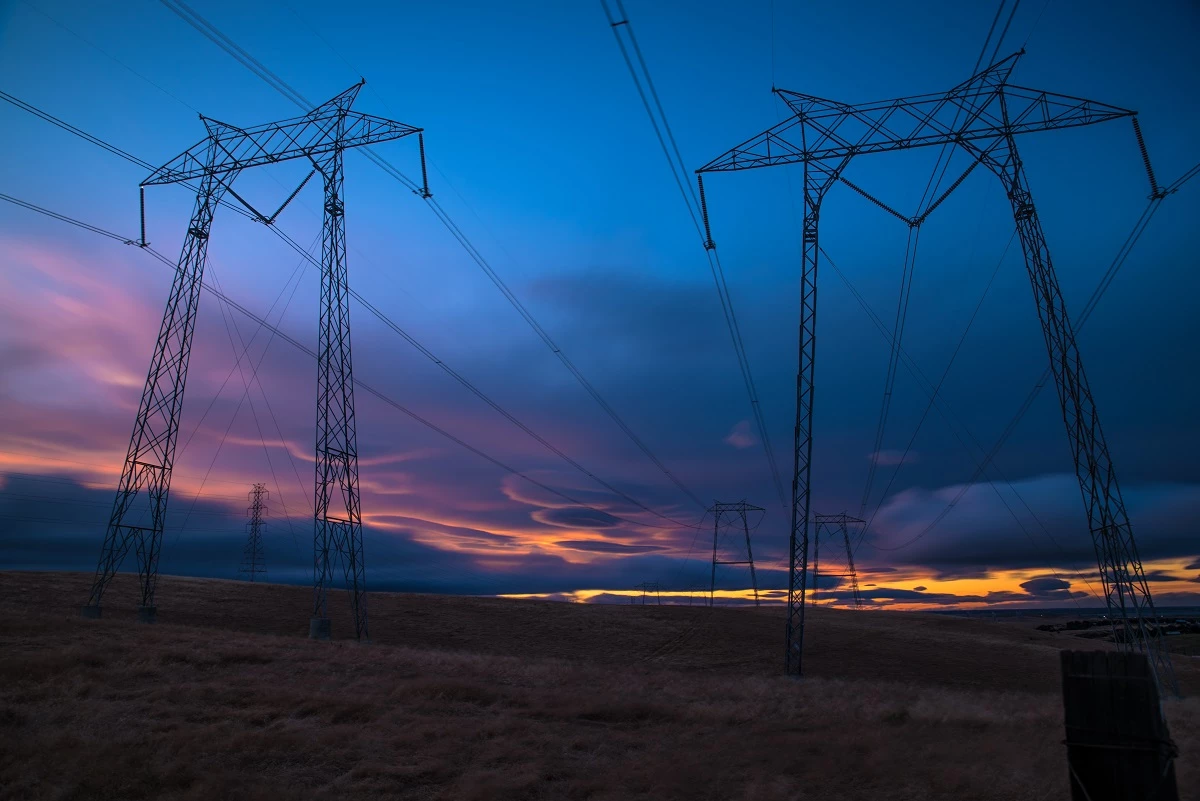
Partner Article
Wind generation in Europe blows in new record
Volatile weather saw levels of wind generation across Europe hit record levels last month.
New data from Teesside-headquartered energy market analyst EnAppSys showed that wind power amounted to an average output of 85.4GW – equivalent to over two hundred 400MW coal units of power generation – in February 2020.
Wind speeds were consistently high across Europe last month and this led to exceptionally high levels of wind generation. As a result, the levels of electricity produced by wind farms in this period increased by 68% from February 2019 levels.
This comes as monthly records for wind generation have been broken each month since November 2019.
In addition, wind output as a proportion of total generation in Europe reached a record 27% in February 2020, significantly higher than the previous high of 18% in February 2019.
The average wind generation last month increased by 61% compared to February 2019. The maximum output increased by only 40%. This means that February 2020 was windier than last year, but a higher wind capacity also contributed to the increase in wind output.
Looking at country-specific wind generation, the highest wind output for February occurred by far in Germany, at an average of 29.1GW over the course of the month.
This is the highest ever monthly wind generation in Germany and was followed by Great Britain (9.6GW average) and France (8GW average). Although these were the countries with the highest output, it was Denmark, Ireland and Germany that had the highest share of generation as a proportion of its demand from wind farms at around 50%.
With Ireland only able to source 70% of demand from wind farms during a single half-hour and with other markets in Europe typically seeing a maximum at around 55-65%, these values are close to the limits of how wind generation can currently be easily integrated into power markets. This is particularly difficult for ‘islands’ e.g. GB and Ireland where interconnection with neighbouring markets is not frequency coupled. This means they have to manage grid frequency on an individual grid basis.
Mainland European countries can utilise stability and grid services across the whole European grid to provide frequency control. As non-synchronous renewable generation increases across Europe, the requirement for the systems being implemented by GB and Ireland – to allow high renewable fuel mix – will increase.
Based on the analysis, Continental Europe covered 19% wind generation as a proportion of its demand in February 2020, giving it a high available margin to increase renewable generation before additional grid stability measures are required. This means that countries such as Germany can have renewable generation greater than 100% as it can export the power generated by large thermal units which are providing grid frequency control.
The island markets are working to increase these limits and Ireland has been very successful in increasing its capability up to the current 70% level. Ultimately these markets aim to increase this number to 100% by layering in additional services to support the management of the wider system.
For countries with a lower share of current wind capacity – and generally in Europe the ease of adding an additional 1MW wind farm is much lower – a low share of generation from wind farms results in an easier integration of this variable power source against a consistent demand for electricity from consumers.
This creates opportunities for markets in Europe with a low share of electricity generation from wind to increase renewable generation more easily than might be the case in markets such as Denmark, Germany or Ireland.
However, it should be noted that some of these markets currently also get a high share of generation from other renewable sources.
For instance, Norway gets a large share of generation from hydro plants which provide most of the requirements for the country. Otherwise in February 2020, hydro generation rose by 26% from February 2019, supported by the extreme weather and high levels of rainfall. This produced a significant boost in levels of renewable generation so far in 2020.
The consequence of this activity was that although overall requirements for electricity generation rose, generation from gas-fired power stations remained relatively steady year-to-year, whilst coal/lignite generation dropped 26% year-on-year.
This was posted in Bdaily's Members' News section by EnAppSys .
Enjoy the read? Get Bdaily delivered.
Sign up to receive our popular morning National email for free.








 Apprenticeships: Lower standards risk safety
Apprenticeships: Lower standards risk safety
 Keeping it reel: Creating video in an authenticity era
Keeping it reel: Creating video in an authenticity era
 Budget: Creating a more vibrant market economy
Budget: Creating a more vibrant market economy
 Celebrating excellence and community support
Celebrating excellence and community support
 The value of nurturing homegrown innovation
The value of nurturing homegrown innovation
 A dynamic, fair and innovative economy
A dynamic, fair and innovative economy
 Navigating the property investment market
Navigating the property investment market
 Have stock markets peaked? Tune out the noise
Have stock markets peaked? Tune out the noise
 Will the Employment Rights Bill cost too much?
Will the Employment Rights Bill cost too much?
 A game-changing move for digital-first innovators
A game-changing move for digital-first innovators
 Confidence the missing ingredient for growth
Confidence the missing ingredient for growth
 Global event supercharges North East screen sector
Global event supercharges North East screen sector